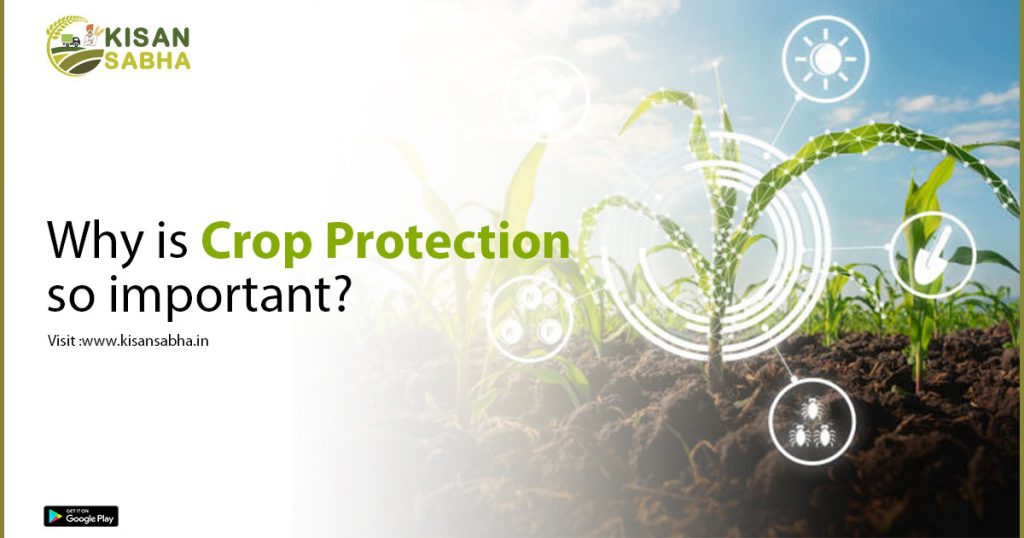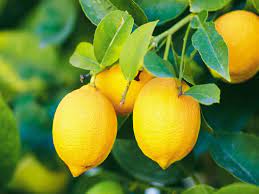Crop protection plays a vital role in ensuring global food security and sustaining our agricultural systems. By safeguarding crops from pests, diseases, and weeds, it helps to maximize yield, improve quality, and protect the environment. In this article, we will explore the significance of crop protection, the challenges it faces, and the various methods used to ensure the health and productivity of our crops.
Crop protection refers to the science and practice of managing pests, diseases, and weeds that can negatively impact crop growth and yield. These threats pose significant risks to agricultural production and can result in substantial economic losses, food shortages, and environmental degradation. Let’s delve into why crop protection is so important.

First and foremost, crop protection is crucial for ensuring global food security. With a growing global population, projected to reach 9.7 billion by 2050, the demand for food is increasing rapidly. Crop losses due to pests and diseases can be devastating, leading to reduced yields and potential food shortages. By implementing effective crop protection measures, farmers can minimize losses and ensure an adequate and stable food supply for the growing population.
Furthermore, crop protection contributes to improving the quality of agricultural products. Pests and diseases can not only reduce crop yields but also affect the nutritional value and safety of the harvested produce. For instance, certain pests can introduce toxins or transmit diseases to crops, making them unsafe for consumption. By implementing proper crop protection strategies, farmers can ensure that the food they produce is safe, nutritious, and of high quality.
Crop protection also plays a significant role in preserving and sustaining the environment. Pests and diseases can have detrimental effects on ecosystems, biodiversity, and natural resources. In the absence of effective protection, farmers may resort to excessive pesticide use, which can lead to soil degradation, water pollution, and harm beneficial organisms. By employing integrated pest management (IPM) practices, which combine various strategies to minimize pesticide use, farmers can protect the environment while effectively managing pests.
Moreover, crop protection is essential for maintaining the economic viability of agriculture. Farmers invest significant resources, including labor, capital, and time, into growing crops. Pests and diseases can destroy their hard work and investment, leading to financial losses and potentially pushing them out of business. By implementing crop protection measures, farmers can safeguard their livelihoods and ensure the economic sustainability of their operations.
To achieve effective crop protection, farmers employ a variety of methods and strategies. One approach is the use of chemical pesticides. These substances, when used properly and responsibly, can effectively control pests and diseases. However, the excessive and indiscriminate use of pesticides can have adverse effects on human health, the environment, and beneficial organisms. Therefore, it is essential to use pesticides judiciously, following recommended guidelines and considering potential alternatives.
Another approach to crop protection is the use of biological controls. This involves the introduction of natural enemies, such as predators, parasites, and pathogens, to regulate pest populations. Biological controls offer a sustainable and environmentally friendly alternative to chemical pesticides, reducing reliance on synthetic inputs and minimizing adverse impacts. Integrated pest management (IPM) combines multiple strategies, including biological controls, cultural practices, and chemical interventions, to manage pests effectively while minimizing risks.
Cultural practices also play a significant role in crop protection. These practices include crop rotation, proper irrigation, timely planting, and the use of resistant crop varieties. Crop rotation helps break pest and disease cycles, reduces weed pressure, and improves soil health. Proper irrigation ensures that crops receive adequate water without creating conditions favorable for disease development. Timely planting can help avoid peak pest populations, reducing the need for intervention. Finally, the use of resistant crop varieties can provide natural protection against pests and diseases, minimizing the need for chemical interventions.
Despite the importance of crop protection, it faces several challenges. The rapid development of resistance in pests and diseases to chemical pesticides poses a significant problem. This necessitates the continuous development of new and innovative pest management solutions. Additionally, climate change is altering pest and disease dynamics, making it necessary to adapt crop protection strategies to changing conditions. Furthermore, ensuring access to crop protection tools and knowledge for small-scale farmers in developing countries remains a challenge, limiting their ability to protect their crops effectively.
In conclusion, crop protection is of utmost importance in ensuring global food security, preserving the environment, and maintaining the economic viability of agriculture. By effectively managing pests, diseases, and weeds, farmers can maximize crop yields, improve product quality, and reduce environmental impacts. Through the use of integrated pest management practices, biological controls, and cultural practices, we can achieve sustainable crop protection. It is essential to continue investing in research, education, and innovation to address the challenges faced by crop protection and ensure a resilient and productive agricultural future.
visit – www.kisansabha.in




